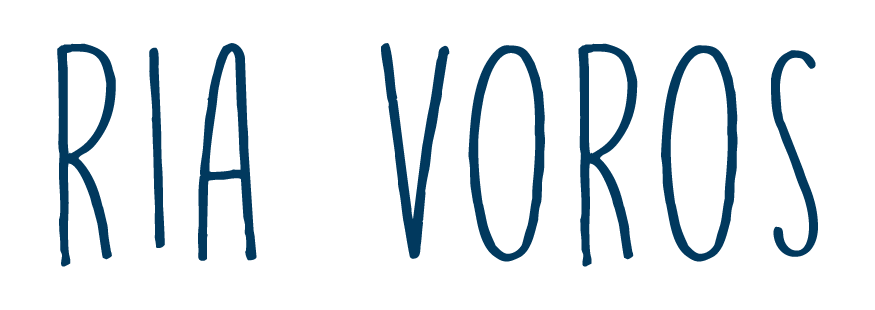So, I love this word, culture, for several reasons. I have a degree in anthropology–reason number one. But I also love culture because it means stories. You can’t talk about a person’s or a country’s culture without getting into a nice mess of history, anecdotes and social do’s and don’ts. I love that. That’s why we were drawn to writing, right?
So I was pondering a microcosm of this the other day: What is my writing culture? What traditions, superstitions, habits and rituals would I explain when describing the culture I’ve created around my work? Well, some of these we’ve mentioned (read: bemoaned) here before. But I’d like to give you a short list–and I’d love to hear about yours.
-Tea and a baked good beside computer.
-Always write on a computer, unless a flash of genius comes while at a restaurant or on the ferry, in which case, use a napkin/receipt. (Yes, I know–just use my phone, right? But typing on that little keypad is just so…unromantic.)
-Expect a “break” 45 minutes in to phone someone/check email/boil more water for tea.
-Expect that the ambitious 4 hour writing time goal for the day will shrink to 2.5, maybe 3, quite magically.
-Don’t talk to anyone about details of a WIP. Except maybe DH.
-Feel more inspired after: a run, a good film, a good book, a trip to the library/bookstore, a good night’s sleep.
-Email writer friends to ask them if they felt this crappy at this point in their manuscript. Resolve not to send out any more whiny emails.
-Always edit on the hard copy.
-If the original title is just a placeholder, the final title will be really hard to come up with; if the original title is arrived upon before the book is written, the title invariably stays.
-Give boring and self-deprecating elevator pitches when people ask what the book’s about and feel bad about it afterwards.
Now, I’m not going to show you the above photo without going into the second reason for this post on culture: yogurt. Clever, I know. I’ve just started making my own again after many years buying semi-locally produced organic stuff. It’s not a quick process and it contributes more pots for washing up, but it’s magic. Take some milk, heat it, add some innocuous-looking powdered started cultures, pop the milk in an incubator and start the clock. Come back however many hours later, and you have creamy, tangy, smooth yogurt. I make mine in mason jars, which, I have to admit, adds to the old-fashioned charm of the whole endeavour. I highly recommend it, especially with little ones old enough to appreciate your obvious magicianery.
The Kitchn has a great, easy how-to for making yogurt overnight in a Dutch oven in your, er, oven, and it’s not going to increase your power bill because you heat the oven, wrap your container and turn the oven off. I bought a yogurt maker that has a tall cover so I can use my litre mason jars and extend the incubating time to get a thicker yogurt. My one disappointment in the past was too-thin yogurt. Don’t you hate that? So I took the advice of a friend in Powell River and let the yogurt cultures grow for 16 to 20 hours. Yes, it makes a more tart and tangy yogurt, but we like that. And if it’s for mixing with jam/preserves/syrup as we tend to do around here for a sweet treat (at least when I’m feeling healthily virtuous), you don’t notice the extra tang. It’s worth it for that voluptuous body. The other tip I’ve picked up for getting thick yogurt is to boil the milk for a long time. Like, 20 minutes or more. It sounds weird and maybe dangerous (you do have to make sure the bottom doesn’t catch and burn), but it does make a difference. Basically, you’re evaporating some of the water and concentrating the other stuff.
So we’ll see how adding this weekly chore to the list will go long term. DH is skeptical. I admit, it is way easier to pick up a tub of yogurt at the store. Do I really want to be watching a pot of boiling milk at 9 pm on a Sunday night? But I urge you to try it at least once. It’s just one of the secrets of our food that we aren’t privy to anymore, thanks to industrialization and being passive participants in the food production chain. Getting in touch with this ancient form of preserved milk is fascinating. It’s part of our common culture. Oh–did we just come full circle?
How about that.
XO
Ria




Ooooh, you are clever. Both in the making of yoghurt and in the drawing in of full circles!! Very impressed. I am now thinking about my list of things that make up my writing culture. There are a LOT of similarities with your list. Spooky. Gosh, I always forget you have a degree in anthropology. You really are clever, you know. Have I said that before? HUGS, Hannah x x x
________________________________